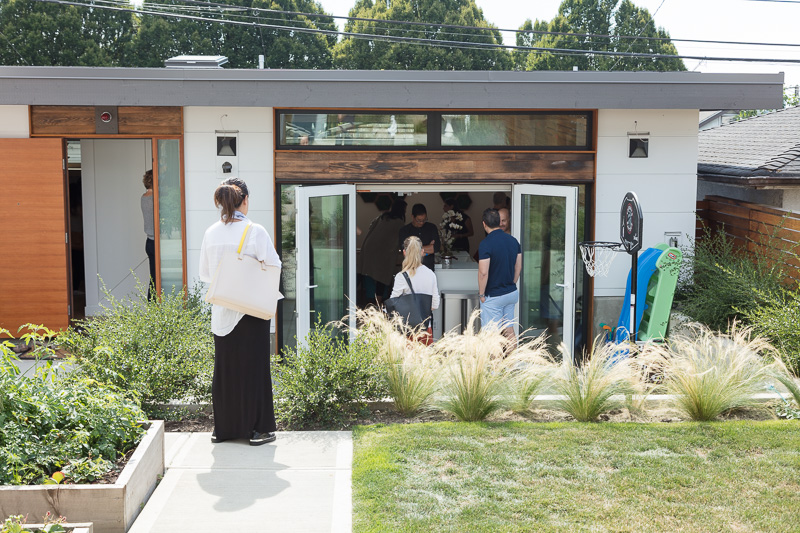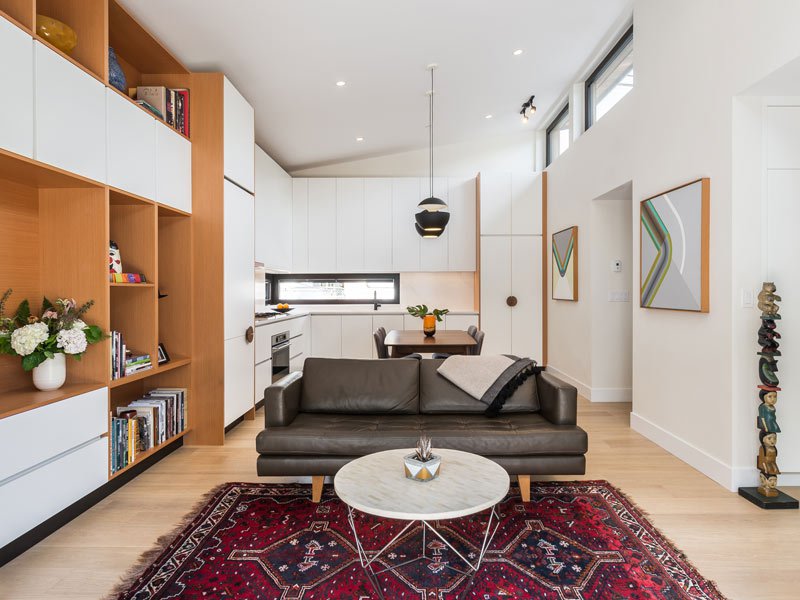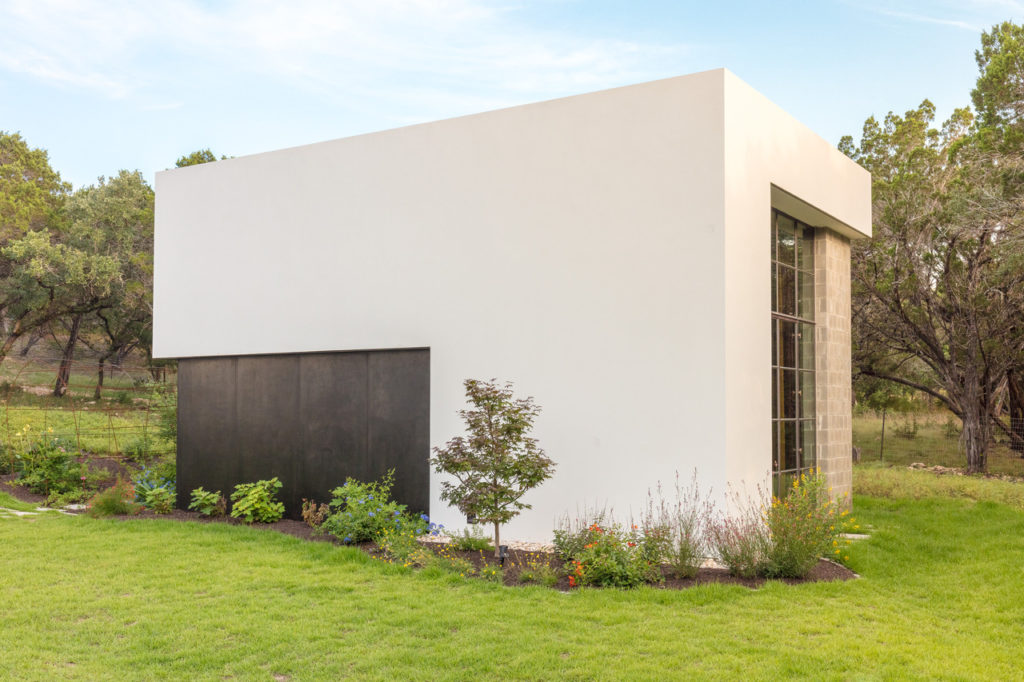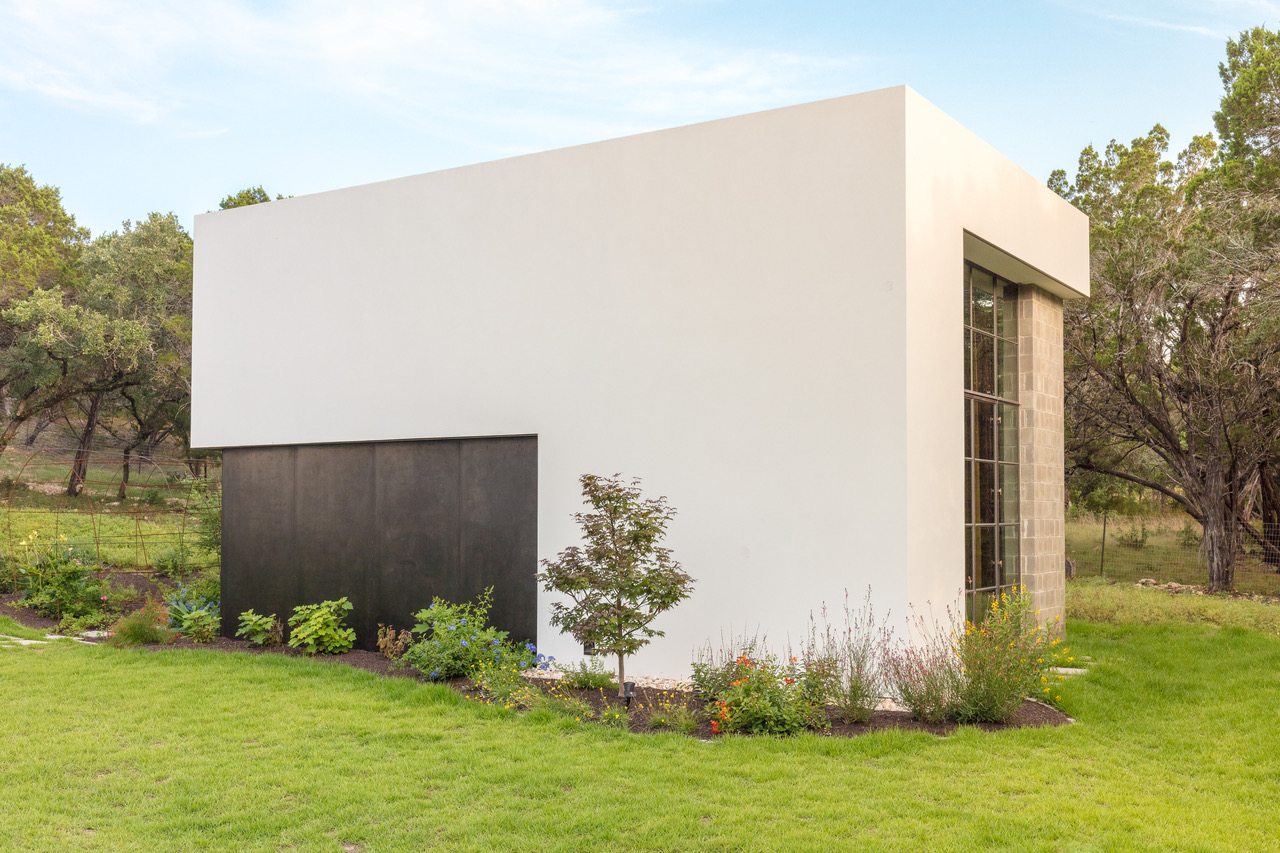Guest Blog: Modern Architecture and Design Society (MA+DS)
“Granny Flat.” “Accessory Dwelling Unit (ADU.)” Or in our neighbor to the north, Vancouver, the “Laneway Home.” Whatever you call it, small secondary houses are popping up everywhere, particularly in popular northwestern cities where space is at a premium, and housing costs are rapidly rising with little relief in sight. More and more homeowners are turning to these small (generally 500-1000 square feet) buildings as sources of rental income, close and convenient housing for aging parents (or young adults and their new families), or just a little additional space for guests, hobbies or home offices.

As these supplementary homes grow in popularity, municipal governments have had to adapt existing zoning, building, and residency codes to accommodate separate, self-contained residences where there was previously only a single family home. However, perhaps somewhat surprisingly, more progressive city governments have been eager to embrace the trend, seeing it as a positive way to address sprawl, affordability, and housing availability issues. In Portland, for example, a “housing state of emergency” was declared in 2015, but the city recently waived some fees for developers building ADUs, and currently, Portland boasts the most official ADUs—over 2000—of any city in the United States.
An International Trend
But it’s not just Portland that’s embraced the ADU. In fact, as the founder of the MA+DS Modern Home Tour Series, I’ve been watching Vancouver, BC just across the border from Seattle, embrace ADUs for years. Called “Laneway Houses” (because they are often situated in the back of a pre-existing lot, and access is managed via a back alley), development started in earnest with the implementation of a new set of laneway bylaws in 2009. The first project completed under the new legal structure was a 710 Square Foot project by Lanefab Design/Build completed in 2010. Then, as Vancouver embraced the concept, regulations were updated in 2013 to allow for even easier construction of these ADUs and to address certain parking issues that had become apparent.

Architecturally Exciting
As someone who has the good fortune to tour over 100 modern homes a year, ADUs are perhaps one of the most interesting applications there is for modern design. Very small by necessity, the resulting structures really stretch creativity, planning, and materials to the limit! When money is no object, of course, the result is unsurprisingly amazing. (While not a Laneway, just check out what Mad Men star Vincent Kartheiser and builder/designer/artist Funn Roberts did with under 600 square feet!) But for most of us, ADUs offer an opportunity for additional space in a convenient location without the attendant cost of a full single family home, so things like dual-purpose rooms, hideaway beds/desks/tables, airy open ceilings to give the feel of spaciousness, natural materials, and prodigious indoor/outdoor transitions (helped out by the accommodating climate of the Pacific Northwest) are almost mandatory, so the connection to “modern” design is readily apparent.

So if you love modern, need extra space and believe in urban density and more affordable housing, an ADU might be for you. A quick Google search for your city and ADU will return enough material to keep you reading for days, and unlike many arcane city laws and regulations, the rapid development and popularity of these small structures has resulted in rules and regulations that are surprisingly workable, available, and up-to-date.
The Modern Architecture + Design Society produces architecture and design events across North America.
